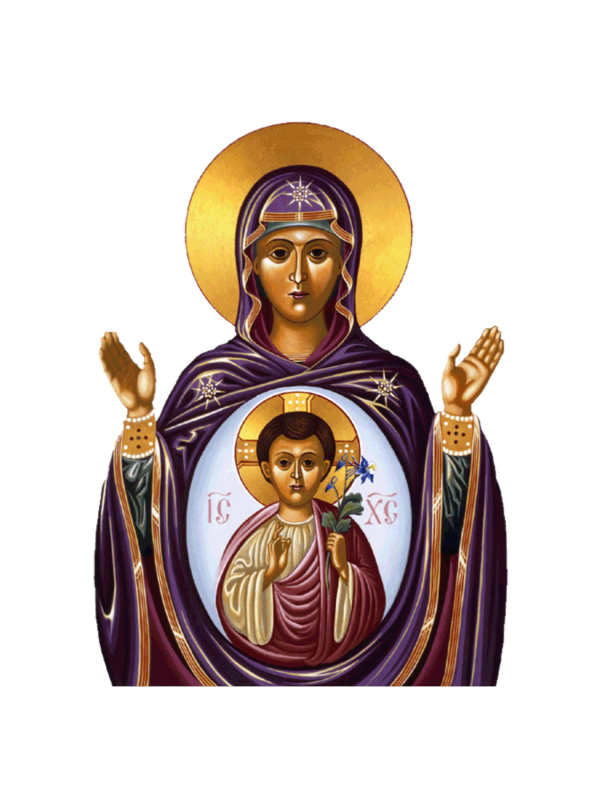6th Sunday in Ordinary Time (February 14, 2020)
Lev 13.1-2, 45-46; 1 Cor 10.31-11.1; Mk 1.40-45
Leprosy was regarded with particular dread and abhorrence, not merely because of its hideous character and the risk of contagion, but also because it meant that the afflicted person would be cast out of the community. In fact, it can be compared to mortal sin.
Leprosy disfigures the body and makes it hideous; mortal sin defaces the soul, which is the image of God, and deprives it of sanctifying grace. Leprosy enfeebles the body and makes it unfit for work; mortal sin renders man incapable of performing meritorious work. Leprosy causes pain, fear, and depression; sin destroys interior peace, creates loss of conscience and fear of death, and judgment.
When He heals the leper, Jesus not only restores his health, but also allows him to return to the community. Similarly, when our sins are forgiven we are no longer isolated from the community, but brought back to communion, and given new life in Christ. If we are to promote the Gospel of Life we cannot forget this higher form of life. St. Augustine remarks, “If it is natural for us to fear the ‘first’ death that is the temporary separation of soul and body, how much more should we fear that terrible ‘second’ death that is the conscious and eternal separation of the whole person from God.”
Pro-Life Intercession: That world and local leaders may seek the poor and forsaken givingthemthedignityandassistancetheydeserveaschildrenofGod,wepraytothe Lord...
